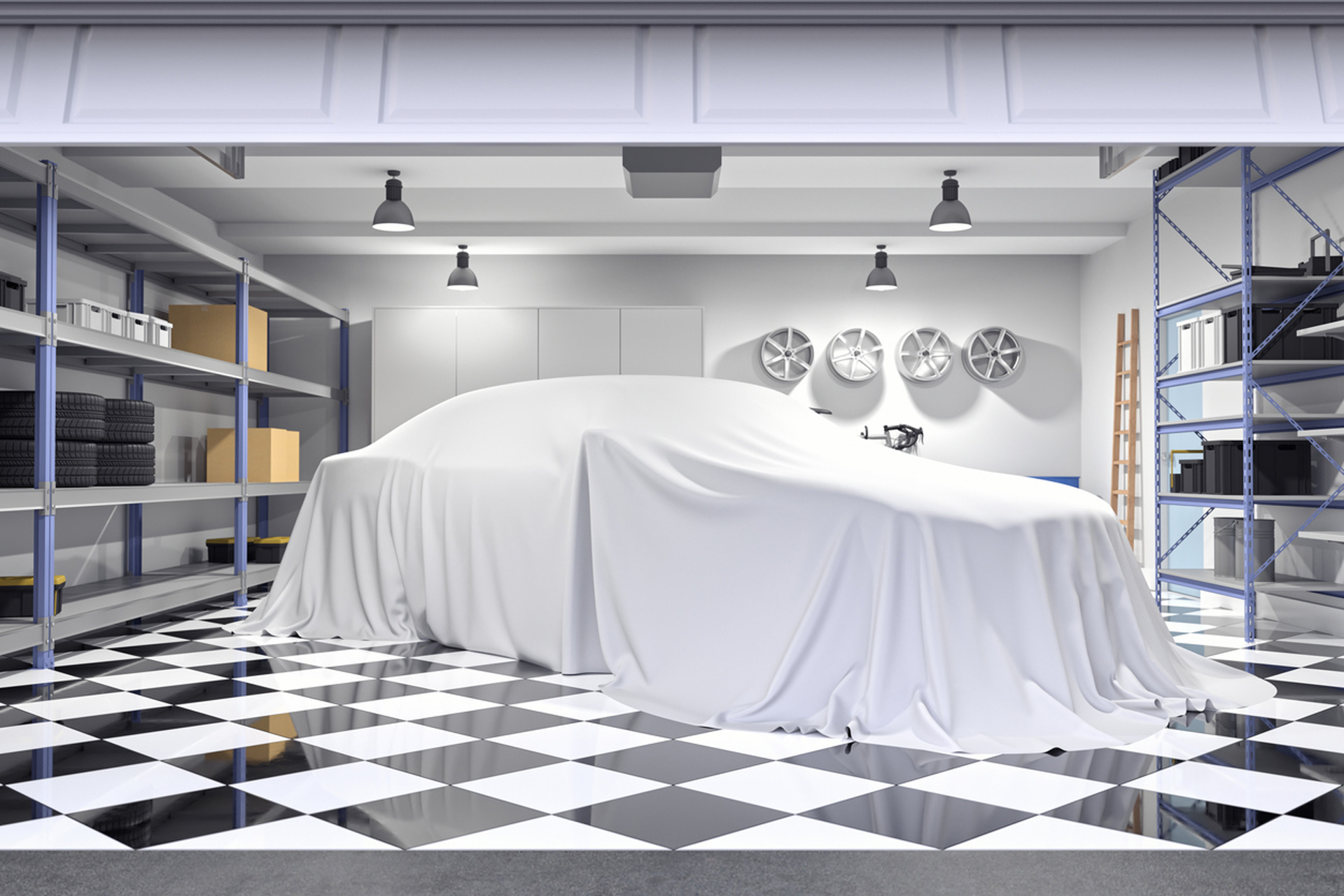

The activities carried out in areas like factories, labs, hospitals, abattoirs, canneries, wineries, gas stations, service stations, and so on expose walls to chemical harm.
As a result, the finishing surfaces of such locations must be chemically resistant and easy to clean.
The most acceptable choice for walls whose surfaces must be extremely resistant to chemical harm and easily cleaned is to utilize EPOXYCOAT epoxy coating.
Its application creates a surface that is resistant to diluted acids, alkalis, petroleum compounds, certain solvents, water, sea water, and weather effects.
On cement-based substrates such as concrete, plaster, cement-mortar, cement boards, and other cement-based substrates, as well as metal surfaces, EPOXYCOAT functions as a protective and ornamental paint.
It’s appropriate for use in industries, labs, hospitals, abattoirs, canneries, wineries, gas stations, and service stations, among other places.
Preparation of the substrate
The treated surface must be dry (less than 4% moisture) and stable, as well as free of any materials that could interfere with bonding, including as dust, loose particles, grease, and so on. It also has to be shielded against dampness from behind.
Brushing, grinding, milling, sand blasting, water blasting, and other methods must be used to prepare the substrate according to its nature.
After that, a high suction vacuum cleaner must be used to clean the surface of dust.
The following instructions should be followed when priming the surface:
A single coat of DUROFLOOR-BI or EPOXYCOAT, diluted 10% to 15% with the specific solvent SM-14, should be applied to cement-based substrates.
Consumption of DUROFLOOR-BI is around 150 g/m2, depending on the substrate’s absorptivity.
Two layers of EPOXYCOAT-AC anticorossive epoxy coating should be applied to metal or steel surfaces. After the first coat has dried fully, the second coat is applied within 24 hours.
Consumption of EPOXYCOAT-AC is 150-200 g/m2 per coat.
EPOXYCOAT can be applied after the primer has dried, but no later than 24 hours.
REMARKS
Solvents are present in EPOXYCOAT. Measures for appropriate ventilation should be made if the application is in a closed room.
As the ambient temperature rises, the working time of epoxy products decreases.
Any moisture or dirt injected between the succeeding layers may have a significant impact on the bonding between them.
For 4-6 hours following application, the epoxy layers’ surfaces must be protected from moisture. Moisture has the potential to whiten the surface and/or make it sticky. It may also cause the hardening process to be disrupted. Grinding or milling must be used to remove discolored or sticky coatings from areas of the surfaces before recoating.
If more time is allowed between successive coats than is advised, or when recoating previously coated surfaces after a long period of time, the old surface must be completely ground and cleaned before the new coat is applied.
Consult the instructions and precautions listed on the packaging for safe use.